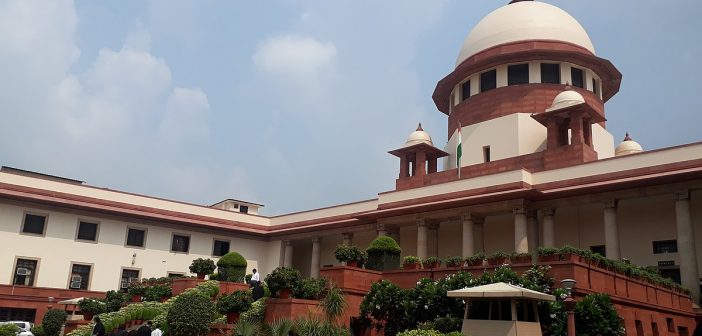In a landmark judgment, the Supreme Court of India has overturned a 1978 precedent, significantly restricting the State’s authority to seize private property without stringent justification. This decision, issued by a nine-judge Constitution bench, clarifies that private property cannot automatically be classified as “community resources” under Article 39(b) of the Constitution, thereby safeguarding private ownership from arbitrary State intervention. The ruling, led by Chief Justice DY Chandrachud, emphasizes that while resources critical for public welfare may fall under State control, this does not broadly apply to all private assets.
The earlier 1978 ruling had allowed a broad interpretation of the “community resources” provision, which resulted in the State acquiring private properties under the guise of promoting public welfare. This new judgment challenges that interpretation, requiring a case-by-case evaluation of assets, their significance to public welfare, and their characteristics before they can be requisitioned for community use.
Impact on Citizens and Businesses
This decision brings increased security for private property owners, enhancing confidence in property rights and potentially boosting investments in sectors such as real estate and industrial development. With a more defined threshold for what constitutes “community resources,” individuals and businesses alike can engage in long-term planning without the fear of sudden government acquisition of their assets. The move aligns with India’s broader shift toward economic liberalization and respect for private enterprise, fostering a more predictable and stable economic environment.
For citizens, especially landowners and small businesses, this ruling strengthens constitutional protections, ensuring that their property is less vulnerable to governmental claims unless a clear public need is proven. For entrepreneurs and investors, this decision offers a legal safeguard, reinforcing property rights and reducing the risk of unforeseen expropriations.
Overall, this Supreme Court decision marks a pivotal moment in Indian legal history, fortifying the constitutional foundation of private property rights and redefining the balance between individual ownership and State interests.




